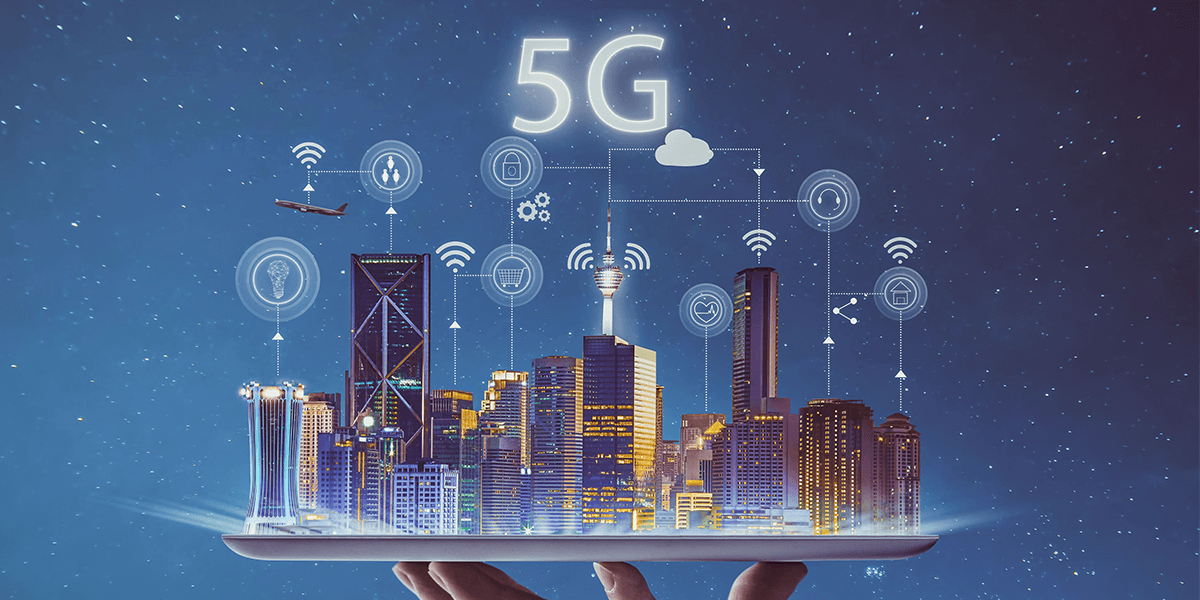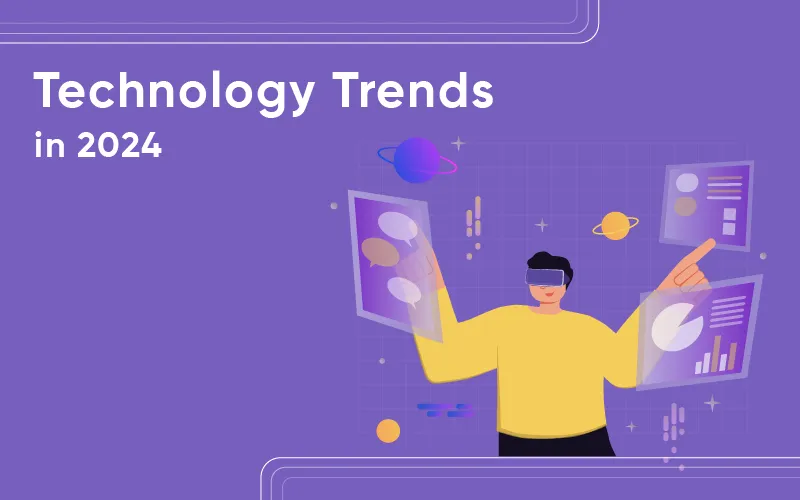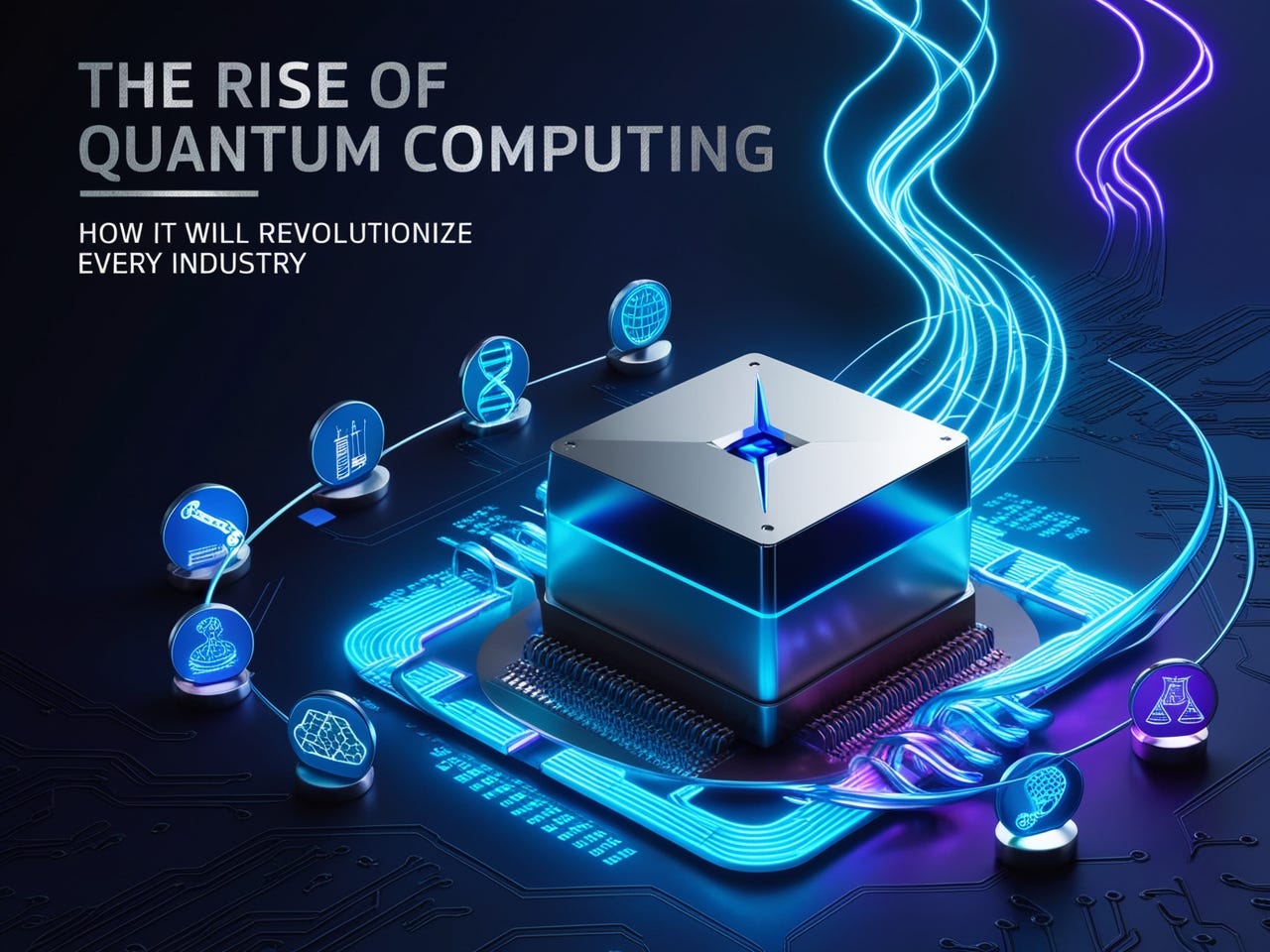The world of connectivity is about to leap forward with the rollout of 5G. This fifth-generation network promises not only lightning-fast speeds but also significantly reduced latency, which is critical for applications requiring real-time feedback, such as autonomous driving and remote surgeries. The article will break down how 5G infrastructure will differ from 4G, how IoT (Internet of Things) will benefit with billions of interconnected devices, and what consumers can expect in terms of data costs. We’ll also explore challenges, like the increased energy requirements and the need for widespread infrastructure improvements, that telecom providers face in implementing 5G at scale.
- Enhanced Speed and Lower Latency: 5G offers speeds up to 100 times faster than 4G, allowing near-instant downloads and seamless streaming.
- Internet of Things (IoT) Expansion: 5G enables a massive IoT network, connecting smart appliances, autonomous cars, and industrial robots in real-time.
- Impact on Remote Work and Education: 5G supports high-quality video conferencing, immersive virtual reality (VR) training, and stable remote work connections.
- Challenges in Deployment: High-frequency 5G signals require more infrastructure, meaning more towers and antennas are needed, especially in urban areas.
- Health and Environmental Concerns: Increased exposure to radio frequencies raises health concerns, and the higher energy demand of 5G infrastructure impacts environmental resources.



